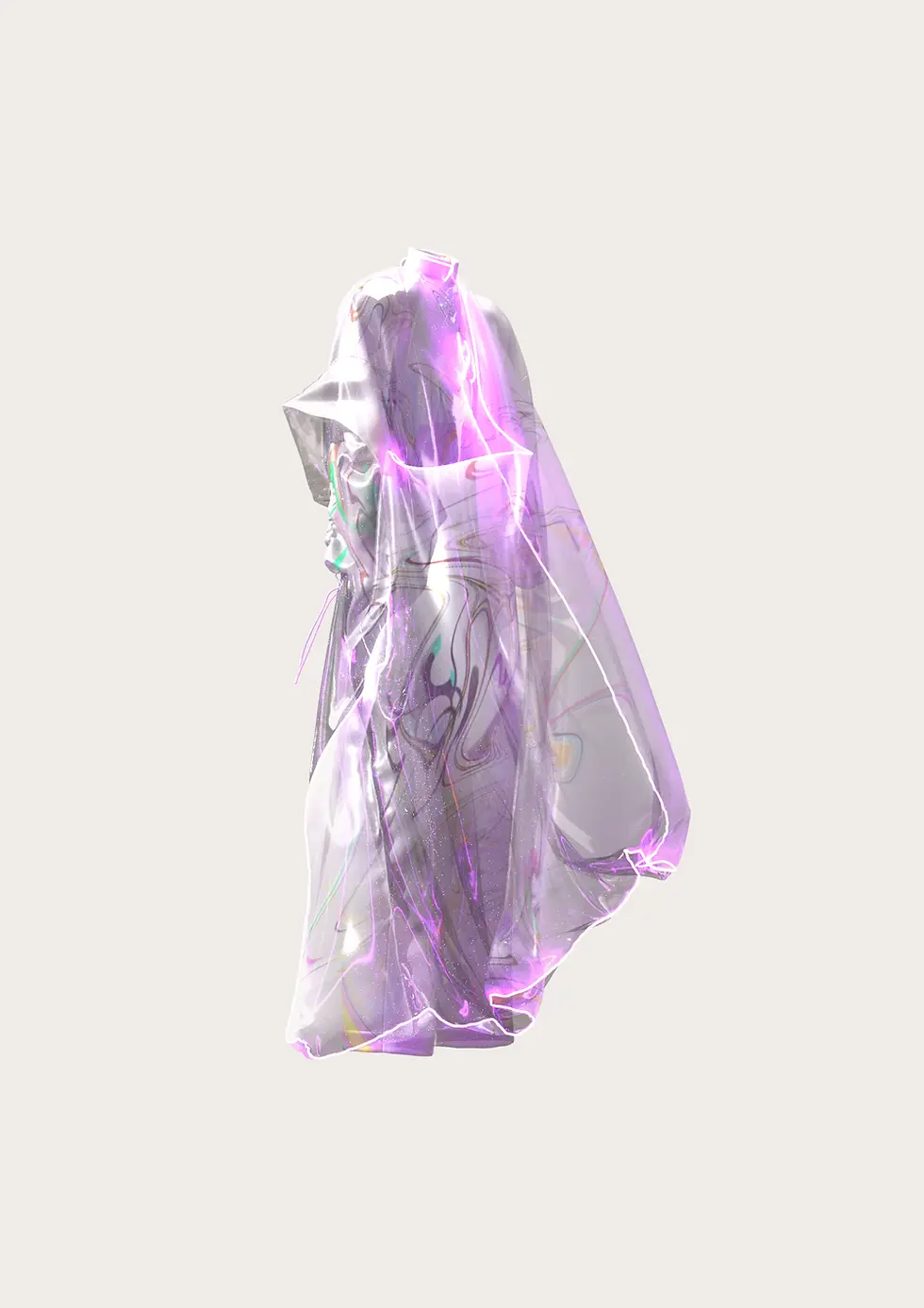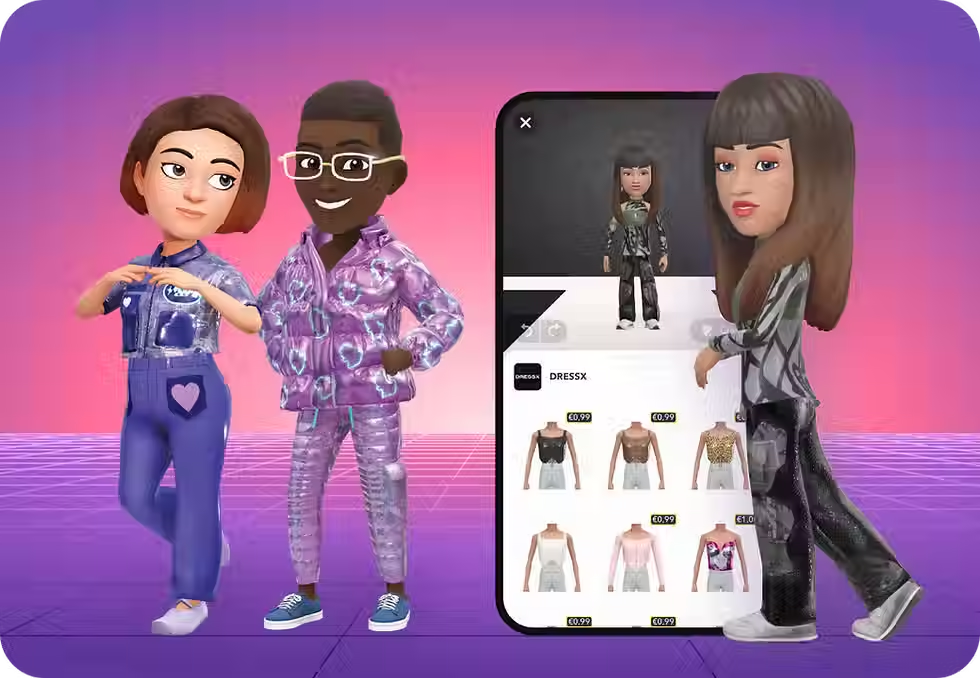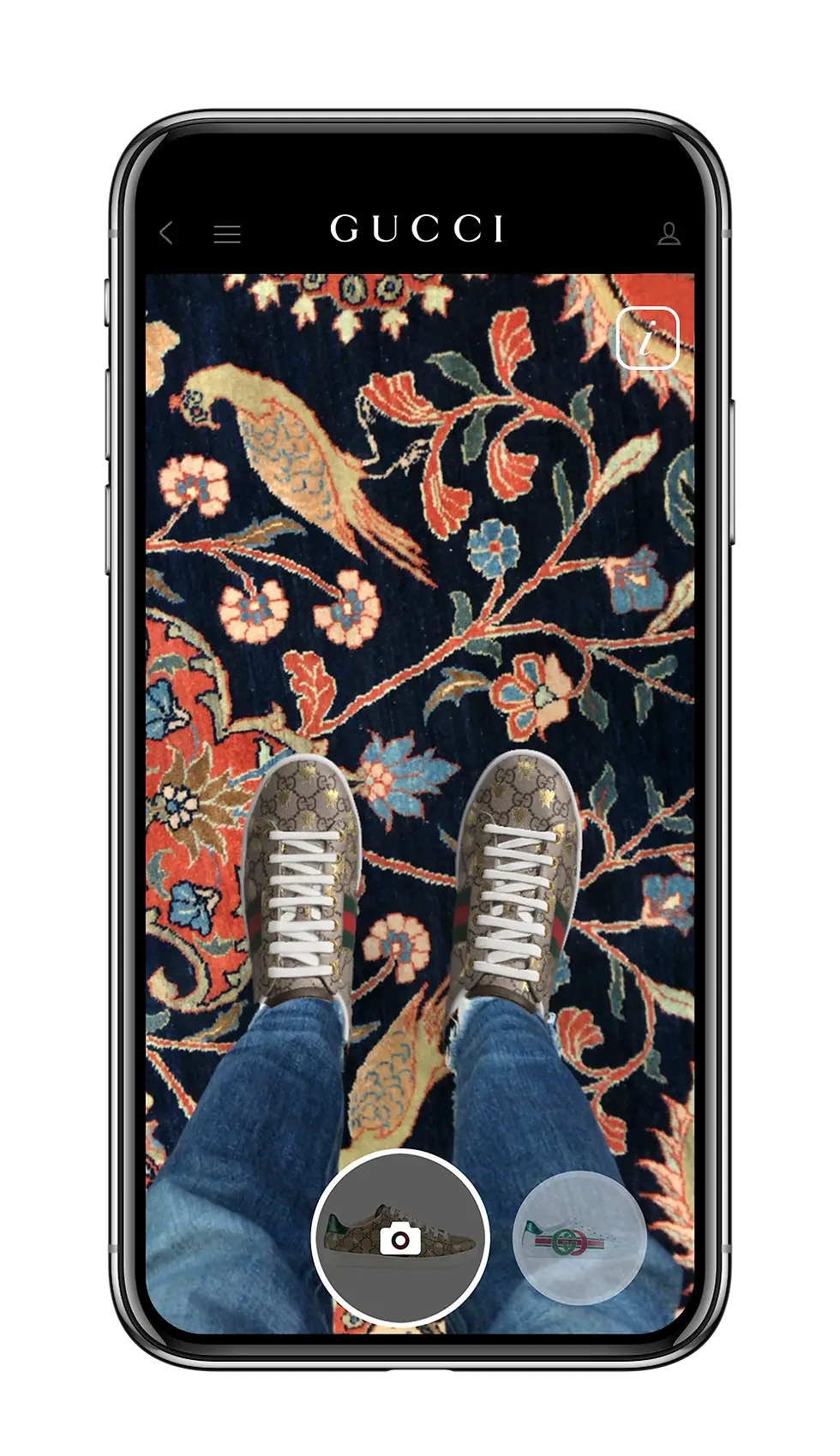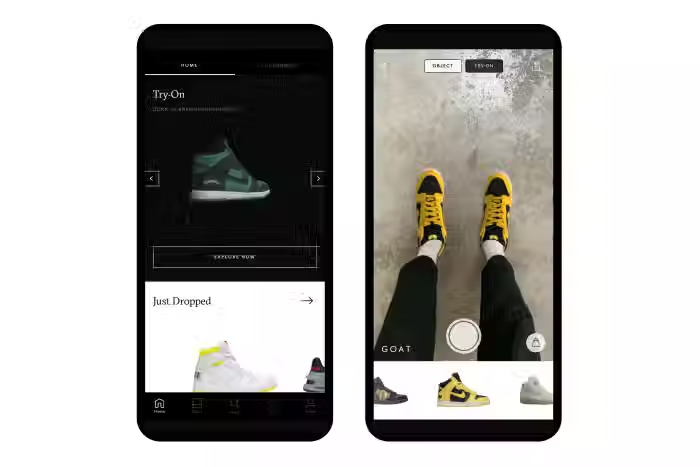Fashion's Digital Revolution: NFTs, AR & More
- Crossrr
- Sep 17
- 4 min read
The world of fashion is undergoing a radical transformation, one pixel at a time. Beyond the traditional catwalks and physical boutiques, a new universe of style is emerging: Digital Fashion and High-Tech Style. This isn't just about virtual reality headsets or smartwatches; it's a revolution that's changing how we design, create, consume, and even "wear" clothes. From hyper-realistic 3D garments to blockchain-backed ownership, technology is no longer an accessory—it's the very fabric of fashion's future.
What is Digital Fashion?
Digital fashion, at its simplest, is clothing that only exists in the digital realm. Created using advanced 3D software and artificial intelligence, these garments are designed to be "worn" on avatars in video games, applied to photos for social media, or showcased on virtual models in an immersive online environment.
But the scope is much broader. High-tech style encompasses:
Virtual Garments: The core of digital fashion, these are 3D-rendered clothes that can be "fitted" to a person's digital image or avatar.
NFTs (Non-Fungible Tokens): Digital fashion items are often sold as NFTs, providing a unique, verifiable proof of ownership on the blockchain. Owning a fashion NFT is like owning a one-of-a-kind digital art piece.
Augmented Reality (AR) Try-Ons: Using your smartphone's camera, you can "try on" clothes and accessories virtually, seeing how they look on your body in real-time.
Smart Textiles & Wearables: This is the bridge between digital and physical. Fabrics embedded with technology can monitor health data, change color, or adjust to temperature, making clothing a functional extension of our tech-driven lives.
The Rise of the Digital Runway
The pandemic accelerated the adoption of digital solutions, and the fashion industry was no exception. With physical fashion shows canceled, designers turned to virtual runways, showcasing their collections in immersive, surreal, and gravity-defying digital spaces. These events, often held in the metaverse, democratized fashion by making it accessible to a global audience without the carbon footprint of traditional travel and production. Brands like Gucci and Burberry were among the first to experiment with AR runways and virtual-only collections, blurring the lines between reality and the digital world.
Why Digital Fashion is More Than a Gimmick?
While it might seem like a niche trend, digital fashion is a powerful response to some of the fashion industry's most pressing challenges.
Sustainability: The fashion industry is a major polluter, with textile waste and overproduction as significant issues. Digital fashion offers a zero-waste alternative. Designers can create and iterate on virtual prototypes without using a single thread, and consumers can express their style without buying a new physical garment for every social media post.
Creative Freedom: The laws of physics don't apply in the digital world. This liberates designers from the constraints of material, weight, and gravity. They can create impossible silhouettes, dynamic textures, and garments that literally defy gravity, unlocking a new level of artistic expression.
Accessibility & Inclusivity: Digital fashion transcends physical and geographical boundaries. Anyone with an internet connection can attend a virtual fashion show, and digital clothes can be "worn" by anyone, regardless of body type, breaking down traditional barriers of size and fit.
A New Economy: NFTs have created a new revenue stream for brands and designers. Limited-edition digital drops and virtual collaborations are generating significant sales, tapping into a market of collectors and tech-savvy consumers who value digital ownership.
Brands Leading the Digital Fashion Revolution
The movement is being spearheaded by a mix of established luxury houses, sportswear giants, and new-age, digital-native brands.
The Fabricant: A true pioneer, this digital-only fashion house was founded in 2018. They sell bespoke digital garments and have a strong focus on sustainability. Their philosophy is that "fashion should not be about consumption, but about expression."

DRESSX: A multi-brand retailer for digital-only clothes, DRESSX allows users to "wear" digital outfits on their photos and videos, promoting a more sustainable and creative approach to social media content.

Gucci: A luxury leader in the digital space. Gucci has released NFT sneakers in collaboration with tech company Wanna, launched virtual art spaces, and created digital-only items for games like Roblox and The Sims.

Nike: The sportswear giant made a major move by acquiring RTFKT Studios, a company known for its digital sneakers and collectibles. Nike is now a dominant player in the virtual sneaker and fashion NFT market, blending physical products with their digital counterparts.

Louis Vuitton: The brand has integrated digital fashion into its gaming platforms, such as "Louis: The Game," offering players a chance to collect exclusive NFTs and explore the brand's heritage in a new way.
Auroboros: A London-based fashion house that bridges the gap between digital and physical. They are known for their spectacular digital collections that are often inspired by nature and mythology, creating unique, "living" garments.

The Future of High-Tech Style
The line between the physical and digital world is set to become even more blurred. We can expect:
Hyper-Personalization: AI-powered styling assistants and algorithms will analyze our preferences and body data to create bespoke digital wardrobes and even recommend physical garments.
Phygital (Physical + Digital) Products: More and more brands will release physical items with a digital "twin" NFT, offering a new dimension of ownership and authenticity.
Advanced Wearable Tech: Smart fabrics will become mainstream, with clothes that can interact with our environment, monitor our health, and connect us to the internet.
On-Demand & 3D-Printed Fashion: Technology will enable localized, on-demand production, drastically reducing waste and transportation costs, making fashion both highly personalized and sustainable.
A New Canvas for Creativity
Digital fashion and high-tech style are not just passing fads; they represent a fundamental shift in the industry's DNA. They challenge our perceptions of what clothing is and what it can be, offering a sustainable, inclusive, and limitless canvas for creativity. As technology continues to evolve, so too will our wardrobes, allowing us to express our identity in ways we never thought possible, both in the real world and in the ever-expanding digital universe.












Comments